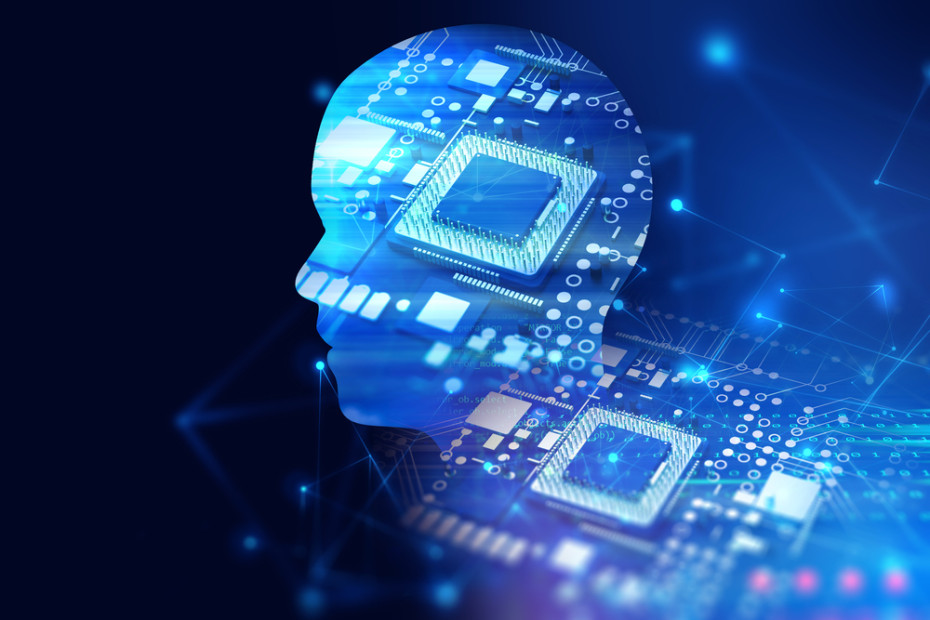In this new world of artificial intelligence and data management , it’s e asy to get confused by some of the terms that are most commonly used in the IT world.
copyright by www.techopedia.com
 In this new world of artificial intelligence and data management , it’s e asy to get confused by some of the terms that are most commonly used in the IT world.
In this new world of artificial intelligence and data management , it’s e asy to get confused by some of the terms that are most commonly used in the IT world.
For example, data science and machine learning have a lot to do with each other. It’s not surprising that many people with only a passing knowledge of these disciplines would have trouble figuring out how they differ from one another.
Here’s the best way to separate data science from machine learning, as a principle and as a technological approach. Data Science and Machine Learning: Broad and Narrow Terminology
First of all, data science is really a broad, overarching category of technology that encompasses many different types of projects and creations. (For more on what’s involved in a data science job, see Job Role: Data Scientist .)
Data science is essentially the practice of working with big data.
First of all, data science is really a broad, overarching category of technology that encompasses many different types of projects and creations. (For more on what’s involved in a data science job, see Job Role: Data Scientist.)
Data science is essentially the practice of working with big data. It emerged as Moore’s law and the proliferation of more efficient storage devices led to enormous amounts of data being collected by companies and other parties. Then, big data platforms and tools like Hadoop began to redefine computing by changing how data management works. Now, with cloud and containerization as well as brand new models, big data has become a major driver of the ways that we work and live.
Thank you for reading this post, don't forget to subscribe to our AI NAVIGATOR!
In its simplest form, data science is the way we manage that data, from cleaning it and refining it to putting it to use in the form of insights.
The definition of machine learning is much narrower. In machine learning, technologies take in data and put it through algorithms, in order to simulate human cognitive processes described as “learning.” In other words, having taken in the data and trained on it, the computer is able to provide its own results, where the technology seems to have learned from the processes that programmers put in place.[…]
read more – copyright by www.techopedia.com


In this new world of artificial intelligence and data management , it’s e asy to get confused by some of the terms that are most commonly used in the IT world.
copyright by www.techopedia.com
For example, data science and machine learning have a lot to do with each other. It’s not surprising that many people with only a passing knowledge of these disciplines would have trouble figuring out how they differ from one another.
Here’s the best way to separate data science from machine learning, as a principle and as a technological approach. Data Science and Machine Learning: Broad and Narrow Terminology
First of all, data science is really a broad, overarching category of technology that encompasses many different types of projects and creations. (For more on what’s involved in a data science job, see Job Role: Data Scientist .)
Data science is essentially the practice of working with big data.
First of all, data science is really a broad, overarching category of technology that encompasses many different types of projects and creations. (For more on what’s involved in a data science job, see Job Role: Data Scientist.)
Data science is essentially the practice of working with big data. It emerged as Moore’s law and the proliferation of more efficient storage devices led to enormous amounts of data being collected by companies and other parties. Then, big data platforms and tools like Hadoop began to redefine computing by changing how data management works. Now, with cloud and containerization as well as brand new models, big data has become a major driver of the ways that we work and live.
Thank you for reading this post, don't forget to subscribe to our AI NAVIGATOR!
In its simplest form, data science is the way we manage that data, from cleaning it and refining it to putting it to use in the form of insights.
The definition of machine learning is much narrower. In machine learning, technologies take in data and put it through algorithms, in order to simulate human cognitive processes described as “learning.” In other words, having taken in the data and trained on it, the computer is able to provide its own results, where the technology seems to have learned from the processes that programmers put in place.[…]
read more – copyright by www.techopedia.com
Share this: